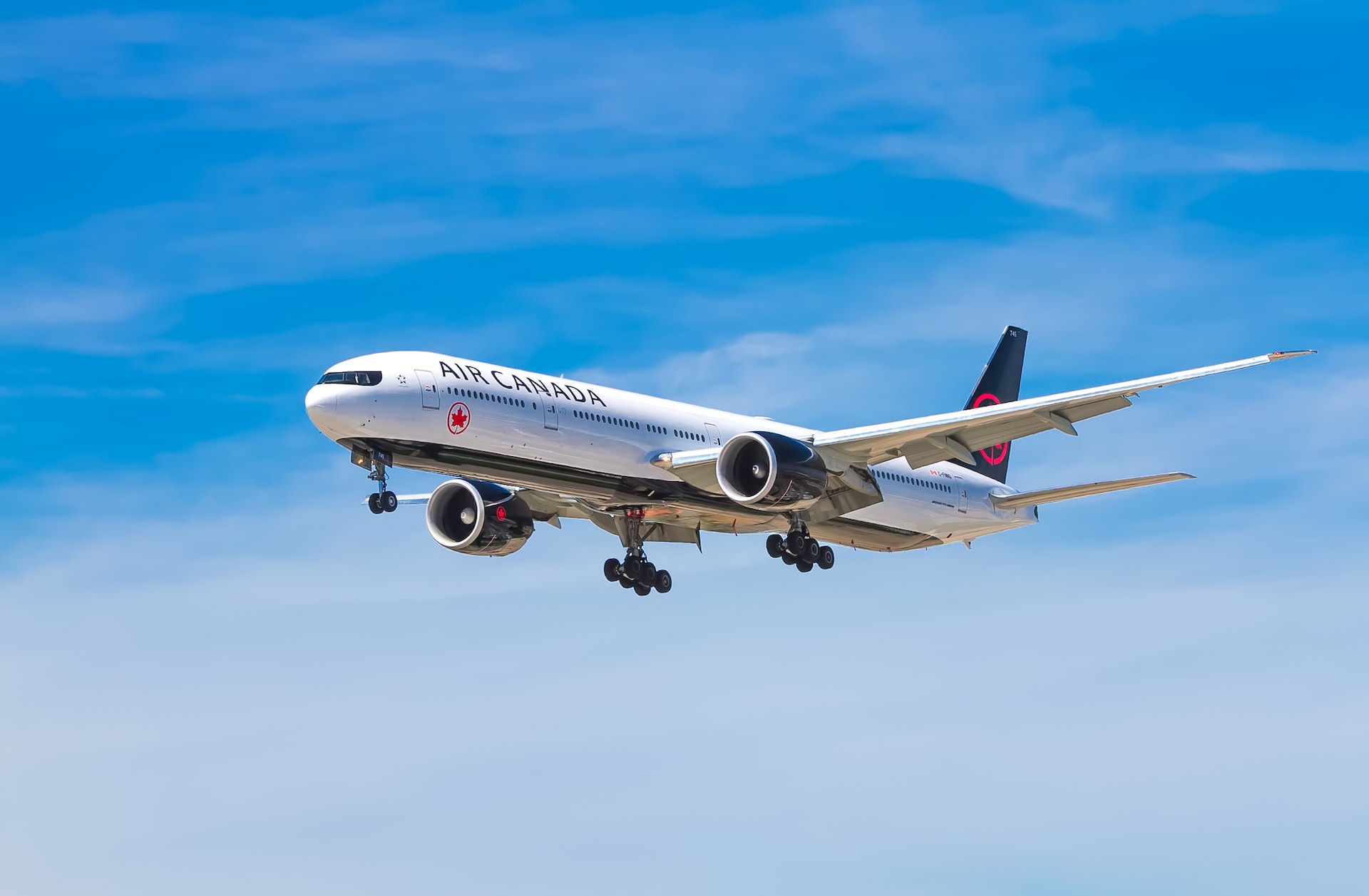How Do Airplanes Take Off?

Airplanes are a fascinating marvel of human engineering, allowing us to travel across the globe at incredible speeds. But have you ever wondered how these massive machines are able to take off and soar into the sky?
In this article, we will explore the science behind airplane takeoffs, the processes involved in getting these behemoths off the ground, and the role of each component in the takeoff process.
Airplanes take off by generating lift, which is the force that opposes gravity and allows the airplane to fly. This is accomplished by increasing the speed of the airplane and the airflow over its wings. The engines of the airplane provide the necessary thrust to push the airplane forward, while the wings generate lift by creating a pressure differential between the upper and lower surfaces of the wing.
The shape of the wing is carefully designed to maximize lift and minimize drag, allowing the airplane to take off with minimum effort. The wing’s curved shape on the top and flat shape on the bottom creates a pressure differential that generates lift. The angle at which the wing is positioned is known as the angle of attack. During takeoff, the pilot increases the angle of attack to generate more lift.
Once an airplane is ready for takeoff, it begins to accelerate along the runway, with the pilot gradually increasing the throttle to provide more power to the engines. As the airplane gains speed, the wings begin to generate lift, and the pilot pulls back on the control stick to raise the nose of the airplane. This increases the angle of attack of the wings, which generates even more lift and allows the airplane to become airborne.
As the airplane continues to climb, the pilot adjusts the flaps and other control surfaces to maintain a steady climb rate and airspeed. The flaps are located on the trailing edge of the wing and can be extended or retracted to increase or decrease lift as needed. The pilot also adjusts the ailerons, which are located on the trailing edge of the wing, and control the roll of the airplane.
The airplane will continue to climb until it reaches its cruising altitude, at which point the pilot will level off and the airplane will fly at a steady speed and altitude. During the takeoff process, the pilot must also monitor the engine instruments and make adjustments as needed to ensure a safe and efficient takeoff.
In conclusion, airplane takeoffs are a complex process that requires careful planning, engineering, and piloting. From the design of the wing to the control surfaces and engines, every aspect of an airplane is carefully crafted to ensure a safe and efficient takeoff. By understanding the science behind airplane takeoffs, we can better appreciate the marvels of modern aviation and the incredible feats of human engineering that make it possible.